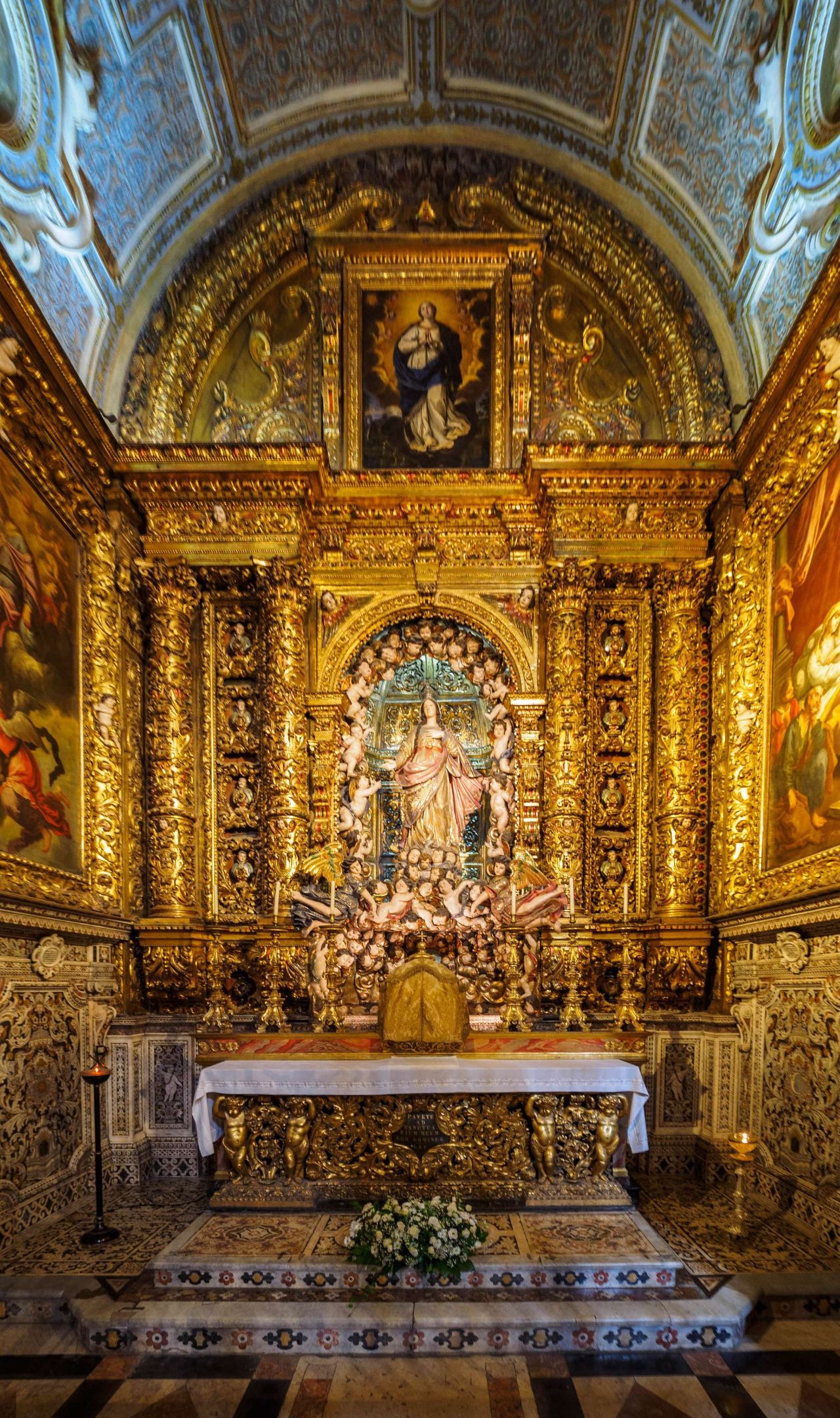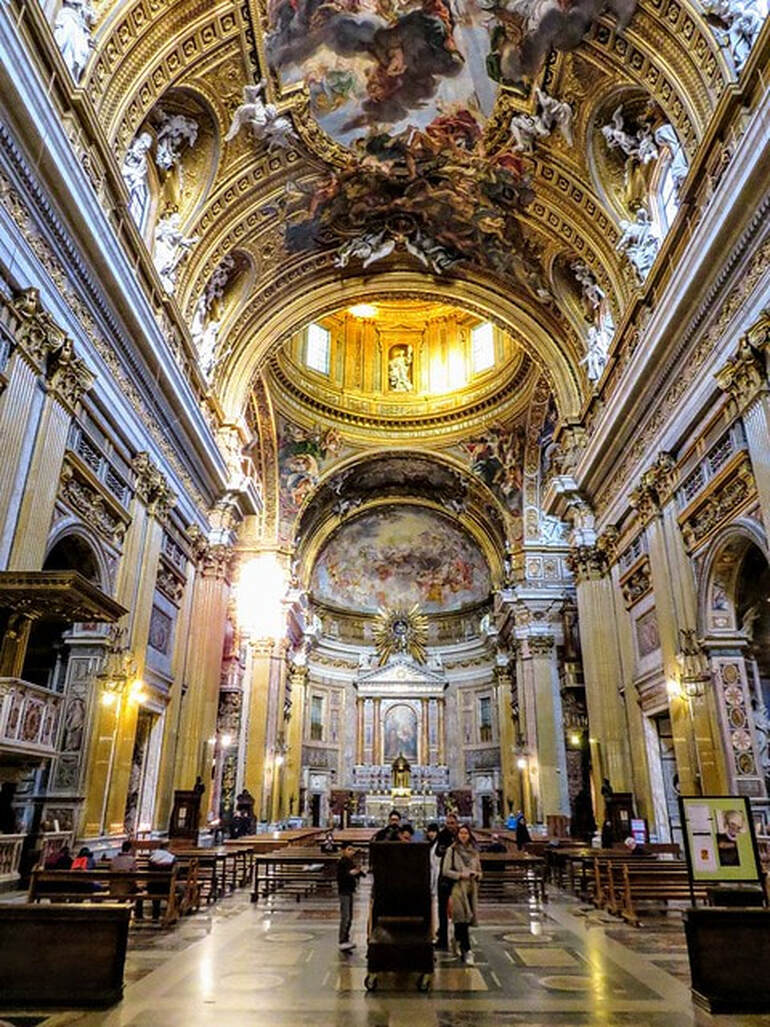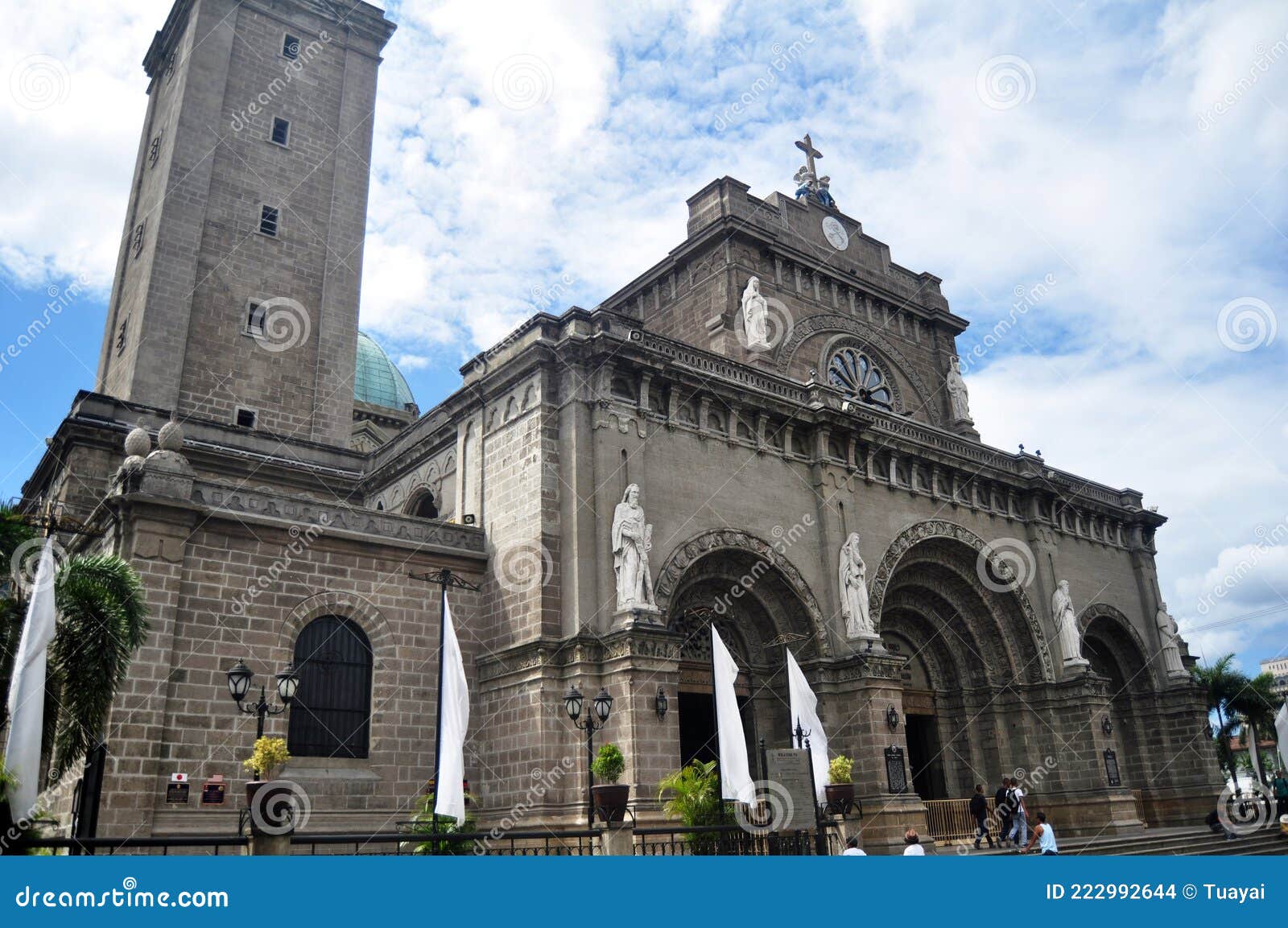Church of San Hipolito
Zarco 12, Centro Histórico de la Cdad. de México, Guerrero, Cuauhtémoc, 06300 Ciudad de México, CDMX, Mexico
55 5510 4796
Roman Catholic
4.7 (10583 reviews)
Founded in 1585
The Church of San Hipólito is a historic church in Mexico City, known for its Baroque architecture and its dedication to Saint Hippolytus. It is an important pilgrimage site and is known for its role during the annual feast of Saint Jude Thaddeus. The church has undergone several renovations throughout its history.
About
The Church of San Hipólito is a historic church in Mexico City, known for its Baroque architecture and its dedication to Saint Hippolytus. It is an important pilgrimage site and is known for its role during the annual feast of Saint Jude Thaddeus. The church has undergone several renovations throughout its history.
History
The Church of San Hipólito has a long and complex history. It was originally built near a causeway where many Spanish conquistadors died during the siege of Tenochtitlan. It became dedicated to San Hipólito, the patron saint of those afflicted by seizures. Over the years, it has been rebuilt and renovated due to earthquakes and other damages. The church also holds a prominent place in the celebrations of San Judas Tadeo (St. Jude Thaddeus).
Founded
1585
Denomination
Roman Catholic
Architectural Style
Baroque
Historical Status
Historical Landmark
Contact Information
Community Outreach
Food Pantry
Yes
Homeless Services
Yes
Senior Programs
[]
Facilities & Amenities
Accessibility
Wheelchair Accessibility
Yes
Hearing Assistance
No
Amenities
Restrooms
Yes
Cafe/Bookstore
No
Children Area/Nursery
No
Transportation
Parking
No
Public Transport
Yes
Visitor Guidelines
Photography
Yes
Dress Code
Yes
Entry Fee
No
Visitor Information
Best Visiting Times
Weekdays during the day to avoid crowds
Tourist Friendly
Limited
Mobile App Support
Not available
Pilgrimage Information
Yes
Reviews & Ratings
4.7
Based on 10.58k reviews
No reviews yet
Blog Post
Discover the Church of San Hipólito: A Baroque Gem in Mexico City
Nestled in the heart of Mexico City's Centro Histórico, the Church of San Hipólito stands as a testament to centuries of history, faith, and architectural beauty. More than just a place of worship, this historic church offers a fascinating glimpse into Mexico's past and continues to be a vital part of the community. This article delves into the rich history, stunning Baroque design, and essential visitor information for those planning a visit to this iconic religious site in Mexico City.
A Journey Through Time: The History of San Hipólito
Founded in 1585, the Church of San Hipólito's origins are deeply intertwined with the tumultuous events of the Spanish conquest. The church was originally built near a causeway, a crucial passage during the siege of Tenochtitlan, where many Spanish conquistadors lost their lives. It was dedicated to San Hipólito, the patron saint of those afflicted by seizures, offering solace and hope in a time of great upheaval.
Over the centuries, the Church of San Hipólito has weathered earthquakes and other damages, undergoing several renovations and reconstructions. These changes have added layers to its already rich history, making it a living monument to the resilience of faith and community. The church also holds a prominent place in the celebrations of San Judas Tadeo (St. Jude Thaddeus), the saint of impossible causes, attracting thousands of pilgrims each year. This devotion has solidified its position as an important pilgrimage site within Mexico.
Architectural Majesty: A Baroque Masterpiece
The architectural style of the Church of San Hipólito is predominantly Baroque, characterized by its elaborate ornamentation, dramatic curves, and a sense of grandeur. The church's facade is a visual feast, adorned with intricate carvings and sculptures that depict scenes from religious history. Notice the meticulous detail in the stonework and the way the light plays across the surface, creating a dynamic and captivating effect.
Inside, the church continues to impress with its ornate altars, majestic dome, and the stained-glass windows that cast a vibrant glow across the interior. The altar dedicated to San Judas Tadeo is a particularly notable feature, often adorned with flowers and candles by devotees seeking intercession. The building features a bell tower and a courtyard, and the interior space is well lit by many windows. The elaborately ornamented architectural design truly makes this church a historical landmark.
Notable Architectural Features:
- Elaborate Facade: A showcase of Baroque artistry with intricate carvings.
- Ornate Altars: Opulent and richly decorated spaces for worship.
- Dome: A structural and artistic centerpiece, adding height and grandeur.
- Stained-Glass Windows: Beautiful displays of colorful light and religious imagery.
Planning Your Visit to San Hipólito
Visiting the Church of San Hipólito is a rewarding experience, offering a chance to connect with history, art, and faith. Here's some practical information to help you plan your trip:
- Address: Zarco 12, Centro Histórico de la Cdad. de México, Guerrero, Cuauhtémoc, 06300 Ciudad de México, CDMX, Mexico
- Accessibility: The church is wheelchair accessible at the main entrance.
- Photography: Photography is allowed, but avoid using flash photography during Mass out of respect for the service and other worshippers.
- Dress Code: A dress code is required. Dress respectfully by avoiding shorts, tank tops, and revealing clothing.
- Entry Fee: There is no entry fee to visit the church.
- Tourist Friendly: The church is tourist-friendly and welcomes visitors of all backgrounds.
- Service Schedule: Unfortunately, there are no specified weekday or weekend mass times available.
- Confession: Confession is available, but times are not specified. Inquire inside.
Visitor Tips for a Meaningful Experience:
- Dress Respectfully: As a place of worship, it's important to dress modestly.
- Be Mindful During Services: Maintain silence and respect during Mass and other religious services.
- Weekdays are Best: Visit during the day on weekdays to avoid large crowds.
- Transportation: The location has convenient public transport nearby.
More Than a Church: Community and Services
The Church of San Hipólito plays an active role in the local community, offering various community services.
- Soup Kitchen: Providing meals to those in need.
- Social Assistance: Offering support and resources to vulnerable populations.
- Volunteer Opportunities: Opportunities to serve in the soup kitchen and teach are available.
The church also provides: Mass, Confession, Religious Education.
San Hipólito and San Judas Tadeo: A Special Connection
The Church of San Hipólito holds a special significance as a focal point for the devotion to San Judas Tadeo (St. Jude Thaddeus), the saint of impossible causes. Every year, thousands of pilgrims flock to the church for the Feast of San Hipólito (August 13) and on the 28th of each month to seek his intercession. The atmosphere is vibrant and filled with faith, as devotees offer prayers, light candles, and express their gratitude for the blessings they have received. Novenas for San Judas Tadeo are also practiced at the church.
Explore the Neighborhood: Nearby Attractions and Travel Information
Located in the heart of Mexico City's Historic Center, the Church of San Hipólito is surrounded by a wealth of cultural and historical attractions. After visiting the church, take some time to explore the neighborhood:
- Historic Center of Mexico City: A UNESCO World Heritage site with stunning architecture, museums, and plazas.
- Palacio de Bellas Artes: A magnificent cultural center showcasing art, music, and theater.
- Alameda Central: A beautiful park offering a tranquil escape from the bustling city.
Getting There: The church is easily accessible by public transportation. The nearest metro station is Hidalgo, a few blocks away. Taxis and ride-sharing services are also readily available. Parking is not available at the location.
The Church of San Hipólito is more than just a church; it's a living testament to faith, history, and community. Its Baroque architecture, its connection to San Judas Tadeo, and its ongoing commitment to serving the needs of the vulnerable make it a truly special place to visit in Mexico City. So, plan your trip today and experience the beauty and history of this remarkable landmark.
Other Roman Catholic Nearby

Church of Saint Roch
Largo Trindade Coelho, 1200-470 Lisboa, Portugal
4.6

Chiesa del Gesù
Piazza del Gesù, 00186 Roma RM, Italy
4.8

Chiesa del Gesù
Piazza del Gesù, 00186 Roma RM, Italy
4.8

Basilica of San Clemente
Piazza di S. Clemente, 00184 Roma RM, Italy
4.7

Basilica of San Clemente
Piazza di S. Clemente, 00184 Roma RM, Italy
4.7

Minor Basilica and Metropolitan Cathedral of the Immaculate Conception - Manila Cathedral
Cabildo, 132 Beaterio St, Intramuros, Manila, 1002 Metro Manila, Philippines
4.7